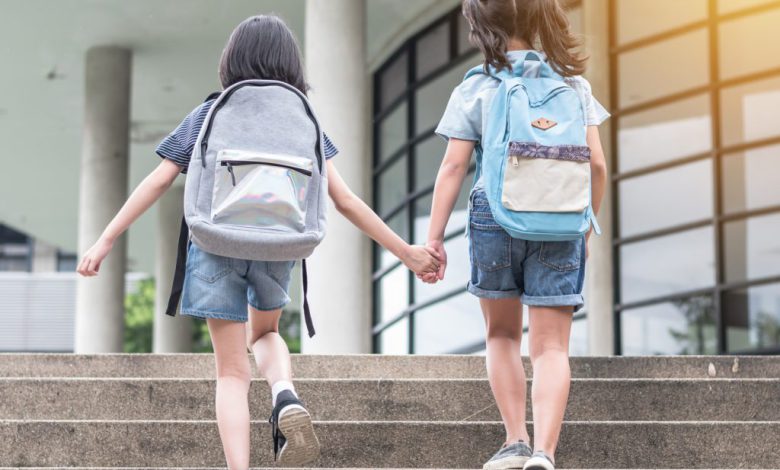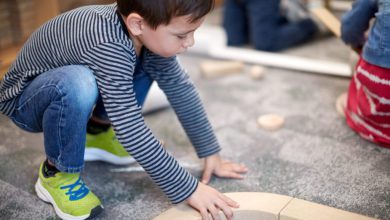5 Ways to Mitigate Learning Loss in K–3

For anyone who works in education, the concept of “learning loss” is not a new one. But what was once most often discussed in terms of the “summer slide” between one school year ending and the next beginning is now a much larger, far more widespread problem.
Many in an entire generation of children are reeling from the effects of missed opportunities—both academic and social. Wherever we go, we find teachers and school leaders deep in the throes of worry about how to best address the significant learning loss of the past two years.
While we at Teaching Strategies will always urge educators to acknowledge and honor what children have indeed experienced and learned, we also want to help mitigate the profound, negative effects of COVID-19, which include lost instructional time, service interruption, and damage to the physical and emotional well-being of teachers, children, and their families.
Experts agree that interventions and services aimed at making up for lost learning are most likely to succeed when schools are layering them on top of a solid academic foundation built upon five key areas.
5 Ways to Build a Solid Foundation to Mitigate Learning Loss
- Individualized Instruction. Schools need to meet children where they are as they return to classrooms. The best approach is a comprehensive one, centered on each child’s unique learning needs and strengths. A robust curriculum
that works seamlessly with a powerful assessment tool takes the guesswork out of individualizing instruction. - High-Quality Data Collection and Assessment. Knowing “where children are” is an essential step in responsive planning for instructional experiences. However, a persistent, very real worry is that schools will continue to exacerbate the issue of lost learning opportunities through assessments that are artificial, contrived, and time-consuming. Instead, look for “invisible” or embedded assessment opportunities that provide teachers with authentic information on each child’s current knowledge, skills, and abilities without sacrificing instructional time.
- Family Engagement. Few interventions are as lasting and meaningful as helping families support their children’s development and learning. Include parents and other family members in the development of learning goals so they are appropriate and meaningful to the children and be sure to offer families practical ideas for extending learning at home. Family engagement can look different for each family and, best of all, is attainable when you have the right tools.
- Social–Emotional Development Support. Intentional support for social–emotional development is more important than ever. The research is clear: social–emotional skills are key to success in school and in life, and at no other time is it more impactful than during childhood. The bottom line is that when children feel capable and cared about, outcomes improve.
- Educator Professional Development. Ongoing improvement requires ongoing learning—it’s true for children, and it’s true for teachers. Ensure teachers have the tools and support they need to continually improve their practice. Teachers are in the best position to guide each child’s learning when they feel confident and prepared, and school and program leaders are in the best position to help them get there.
Learning loss is real, and no one can pretend to make up for everything that has been missed. With the right tools and guidance, however, learning loss can indeed be mitigated. Schools and programs thrive only when individual children and teachers thrive; make sure you are doing what you can to lead them all in that direction.





